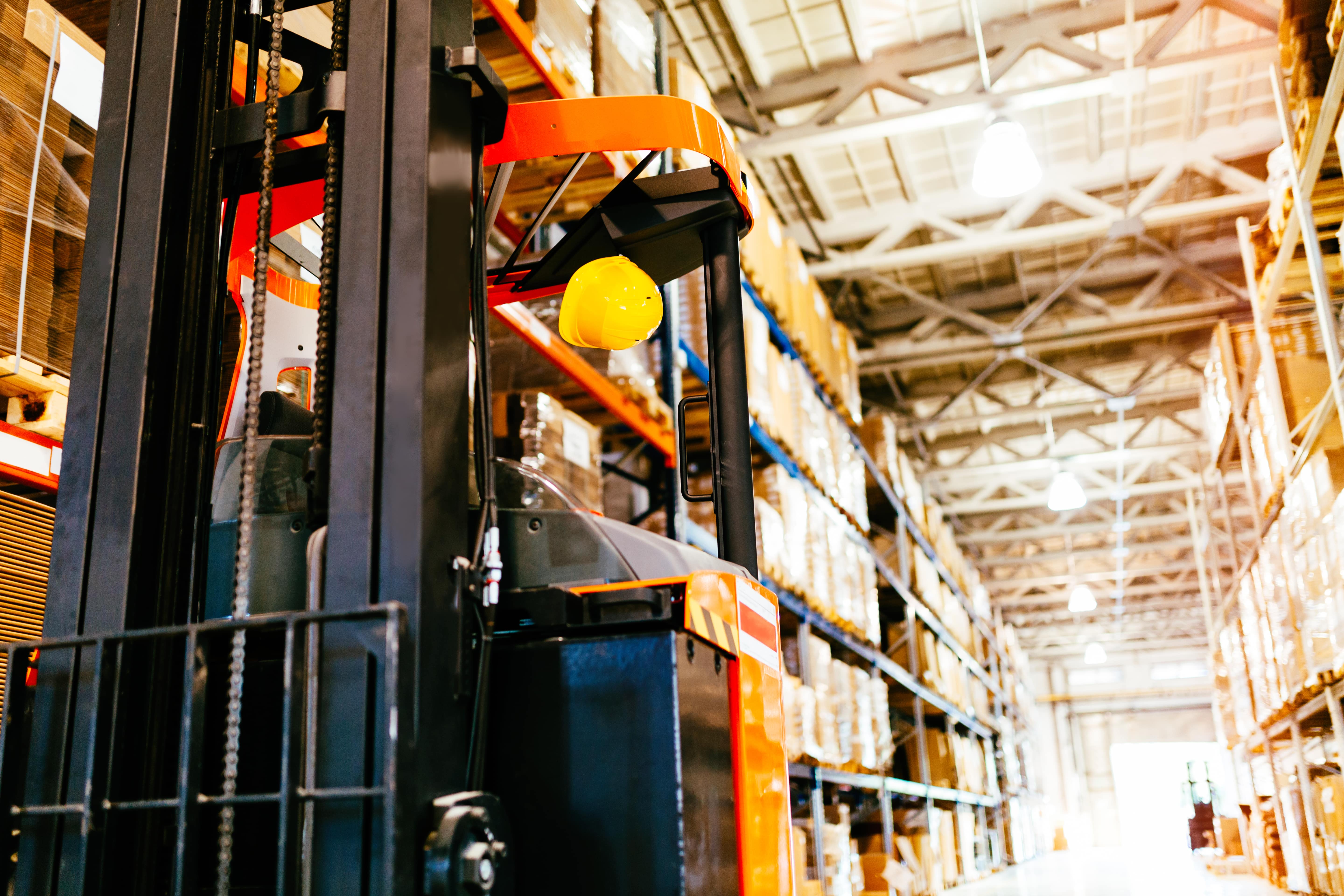Transforming Reactive Chaos into Coordinated Strategy in Global Supply Chains

Multinational enterprises are facing a new imperative: navigate tariff instability not as a one-off response, but as a dynamic, strategic capability. Traditional supply chain planning systems, ERPs, and tariff calculation tools were never architected to handle this kind of multidimensional volatility. They process information in hindsight, react in silos, and rely on static data models that crumble under real-time policy shifts.
AI-Enabled Digital Twins offer a new blueprint. These intelligent ecosystems continuously ingest real-time trade policy data, simulate future scenarios, and prescribe actionable responses—bridging the gap between risk and operational readiness.
Legacy tools are built around the assumption of stability. Traditional tariff systems may provide rate calculators or classification management—but they fail to answer complex, cross-functional questions like:
AI-Enabled Digital Twins break free from these static limitations by integrating tariff logic into the broader planning fabric—across sourcing, inventory, finance, and logistics.
Imagine a U.S.-based manufacturer that imports specialty bearings from South Korea for use in electric vehicle production. Rumors of a 25% tariff begin circulating, with implementation expected within 45–60 days. In a traditional system, procurement would scramble reactively once the change is enacted.
With a Digital Twin:
KPI Impact:
Tariff volatility rarely comes in isolation. Enterprises must simulate overlapping disruptions across regions and commodities. AI-Enabled Digital Twins allow teams to run dozens of simultaneous scenarios with live cost overlays, supplier capacity checks, and constraints.
For example:
A European apparel brand faces proposed tariffs from both India (for cotton fabric) and Vietnam (for finished garments). A digital twin can:
This level of prescriptive insight drives sustainable, profit-aware strategy.
Most organizations discover tariff impact only after it's too late—via margin erosion, customer complaints, or supply disruptions. Digital Twins embed alerting directly into the operational rhythm, identifying early indicators of risk and triggering cascading workflows.
Example:
A Taiwanese supplier of semiconductors begins missing lead time windows. Simultaneously, a new U.S. policy threatens a 17% duty on these components.
The Digital Twin:
These embedded alerts move decision-making from firefighting to foresight.
With AI-Enabled Digital Twins, tariff volatility no longer paralyzes the enterprise—it enables energizing it. Instead of reacting, leaders orchestrate:
Every function operates with synchronized intelligence.
Tariff volatility is not going away. If anything, it’s accelerating—becoming more granular and real-time. Static systems, spreadsheet-based responses, and siloed decision-making will not suffice.
Enterprises that succeed will be those that embrace AI-Enabled Digital Twins as their tariff strategy core—not an add-on. They will see policy shifts not as threats but as inflection points to redesign, reallocate, and outmaneuver.
Test your own scenarios with TADA’s Clean TO! Build and see the impact in minutes.
Try TADA Clean TO! Build
Test your own scenarios with TADA’s RM Inventory Manager and see the impact in minutes.
Try RM Inventory Manager

Use TADA’s Tariff Manager to model costs, build agility, and protect margins.
Try the Tariff Manager
Test your own scenarios with TADA’s Tariff Manager and see the impact in minutes.
Try the Tariff Managerest your own scenarios with TADA’s RM Inventory! Manager and see the impact in minutes.
TRY RM Inventory! Manager